Everything you need to know before switching to electric cars
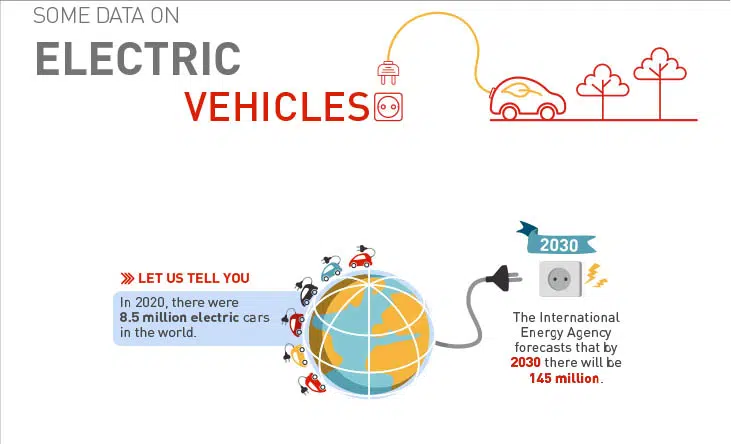
Do they really consume less? What range does a single charge give me? How and where can I charge my EV? These are some of the questions that arise about EVs for those not familiar with them. To answer these questions, we turned to the professionals at CESVIMAP, MAPFRE’s Road Safety and Experimentation Center, a benchmark in research in the automotive sector, with more than a decade of experience studying this type of mobility.
Consumption and charge types
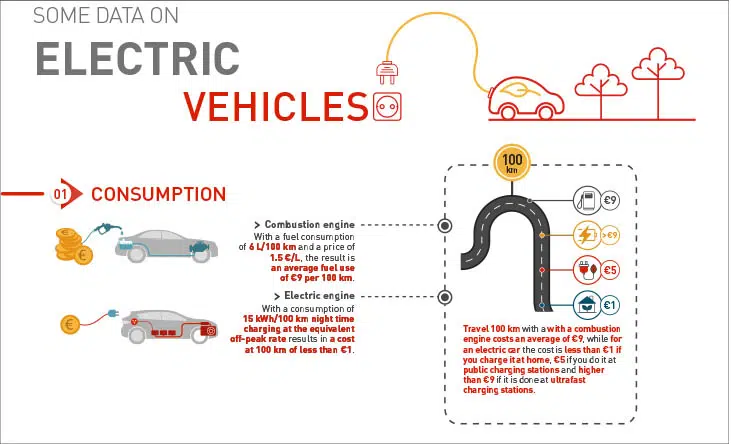
With the EV however, the cost depends on how and when it is charged, so this also explains the different types of electric recharging.
Assuming consumption of 15 kilowatts per hour (kWh) at 100 kilometers, a charge during the night with a typical off-peak hourly rate would put the cost per 100 km at less than one euro, and would take about 6-8 hours. This is the ideal option: having a charging point installed at home and leaving the car charging overnight is much more economical, and in the long run it will compensate for the higher initial price of the electric car. Installing a charging point at home costs between 400 and 1,600 euros, but many countries offer financial incentives to do so.
Another possibility is public charging stations in places such as shopping malls or parking lots. They usually have a higher level of power and in about two hours the battery could be at 80 percent capacity, so these points are also known as semi-fast recharging. There, the price of the charge increases considerably, and it would be around five euros to cover 100 kilometers. It’s still a more cost-effective option than gasoline or diesel.
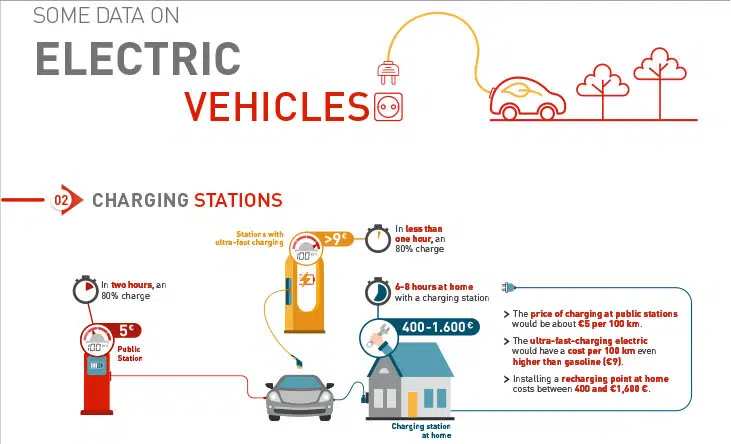
The other option is to use electric car pumps, with DC chargers that are much faster, but also more expensive. Here the battery would be 80 percent full in less than an hour, although with a cost per 100 km that may even be more expensive than that of a conventional car. It’s a useful option for occasional trips outside where you work or live, but shouldn’t be used on a regular basis. In addition, it should be noted that fast charging degrades batteries to a greater extent.
Range
The most common models on the market offer batteries with a real range between 150 kilometers and 450 kilometers. This should be more than enough for daily commuting, but the snags start to hit when you want to go further. This has become clear in the tests carried out by CESVIMAP technicians: outside its native habitat – the city – an electric car’s consumption shoots up. Plus, consumption can be even more impacted by adverse conditions such as wind or altitude differences than a traditional car. We should interpret the standardized ranges as typical of low-speed trips with constant recharging.
And, as is the case with the different models of fuel engines depending on engine power, EV manufacturers usually offer battery-driven models with greater or lesser range, but also with significant variations in price.
Duration of batteries
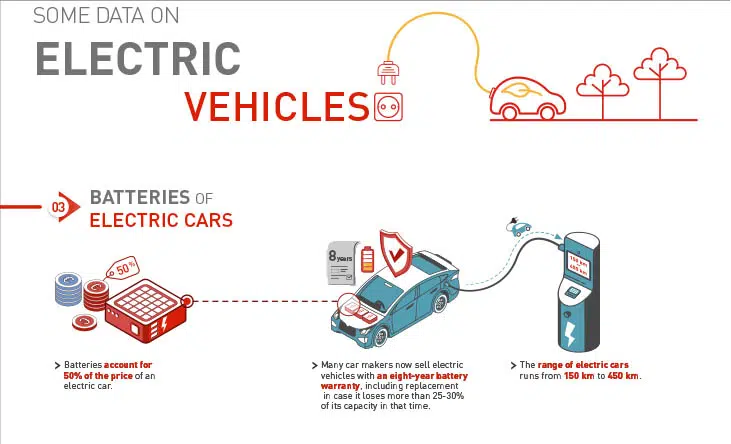
Many car makers already sell their EVs with an eight-year battery warranty that includes replacement in case the battery loses more than 25-30% of its capacity in that time. In other words, they guarantee that the battery will maintain acceptable levels for at least eight years.
Moreover, given that they are both costly and essential to a fast-growing industry, batteries are already the focus of much of the research effort. Maintenance, repair and reuse services for batteries are now being developed, so we shouldn’t expect to have to replace them with a new one after a few years of significant wear and tear.
Will all vehicles be electric by 2030?
CESVIMAP estimates that, in a country like Spain, sales of new electric and hybrid vehicles could reach 50 percent by 2025, with hybrid models selling three times as fast than pure electric models. By then, the electric and hybrid vehicle fleet could amount to between 5 and 7 percent of total cars on the road.
Although some countries have made quicker progress – the classic example is the Nordic countries – the pace will be relatively slower in most. This is certainly the case in Latin America where – although some countries are increasing their efforts in this direction – particularly Costa Rica, Colombia and Chile – the lack of infrastructure and economic stimuli would point to a longer time frame.
Do EVs require have specific insurance? Are they more expensive to insure?
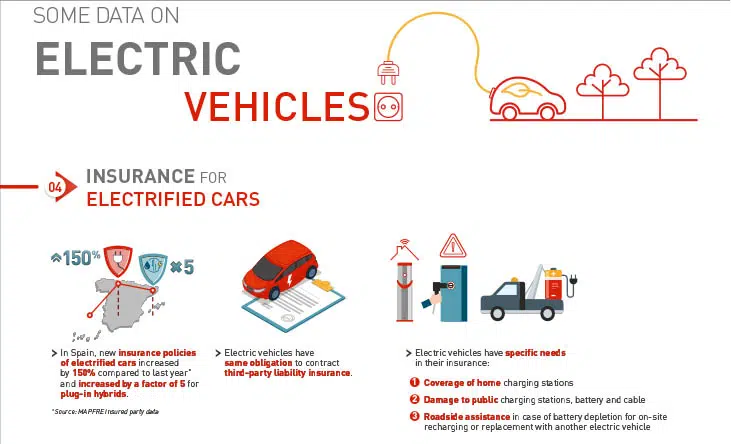
EVs are clearly in expansion mode and are shaping up to be the future default. The driver profile – more experience, more knowledgeable, good earning power, etc. – is also associated with lower accident rates, and as such, is attractive to insurance carriers. Insurers have a strong vested interest in engaging with the global transition to EVs, so policies for these vehicles are set to become very competitive.

